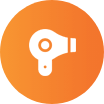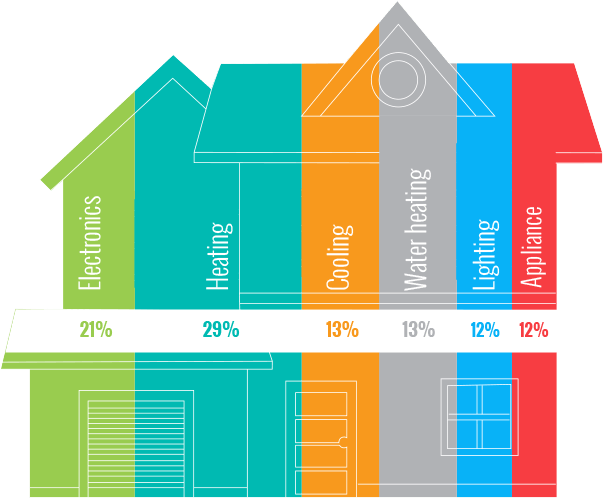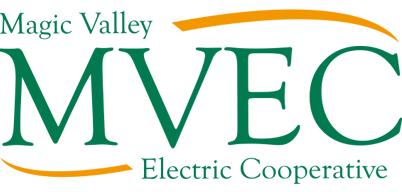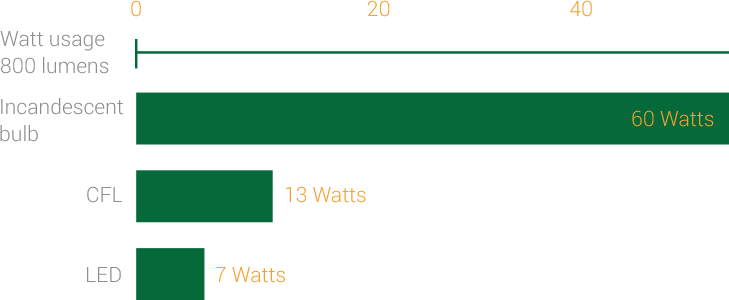101 Easy Ways

Where Does My Money Go?
Annual Energy Bill for a typical single family home is $1,471.
(Based on a monthly 1,295 kWh usage)

Electronics include:
Telephone and external power adapters, consumer
electronics (computer, TVs and DVD player), home
office equipment, and small appliances.

Appliance include:
Refrigerator, dishwasher, clothes, washer and dryer.

Source: Typical House Factoid Memo. Lawrence Berkeley
National Laboratory. April 2013.
Top Ten
Here are ten tips that any good energy saver should not live without.
1. Replace any light bulb, especially ones that burn more than one hour per day, with a light-emitting diode (LED) bulb.
2. Seal from the inside. Air sealing is an inexpensive way to lower energy costs and improve comfort. Seal gaps and holes in walls, floors, and ceilings with caulk or foam sealant. Look for cracks around windows and where wires and pipes pass through.
3. Plug electronic devices such as cable boxes, printers and TVs into power strips to turn off during vacations or long periods without use. Smart power strips make it an easy task to save money.
4. Close shades and drapes during the day to help keep your home cooler in the summer and warmer in the winter.
5. Change your central HVAC system filter when dirty by the manufacturers recommendations. Dirty filters can impact your home comfort and increase your electricity bill.
6. A one degree increase in heating set-point or reduction in cooling set-point can increase energy use by 3 – 5%.
7. Have your duct work checked for leaks. Leaks at the return, air handler and supply can be a major source of high bills. Mobile homes check at the grill, cross over duct and down flow air handler, for leaks.
8. Set both the upper and lower water heater thermostats no higher than 120 F.
9. An electric space heater can cost more than $100 per month to operate. Minimize their use, except for limited or temporary spot heating. Turn space heaters off when leaving the room.
10. Ensure refrigerator door seals are tight. Eliminate unnecessary refrigerators.





 Report an Outage
Report an Outage